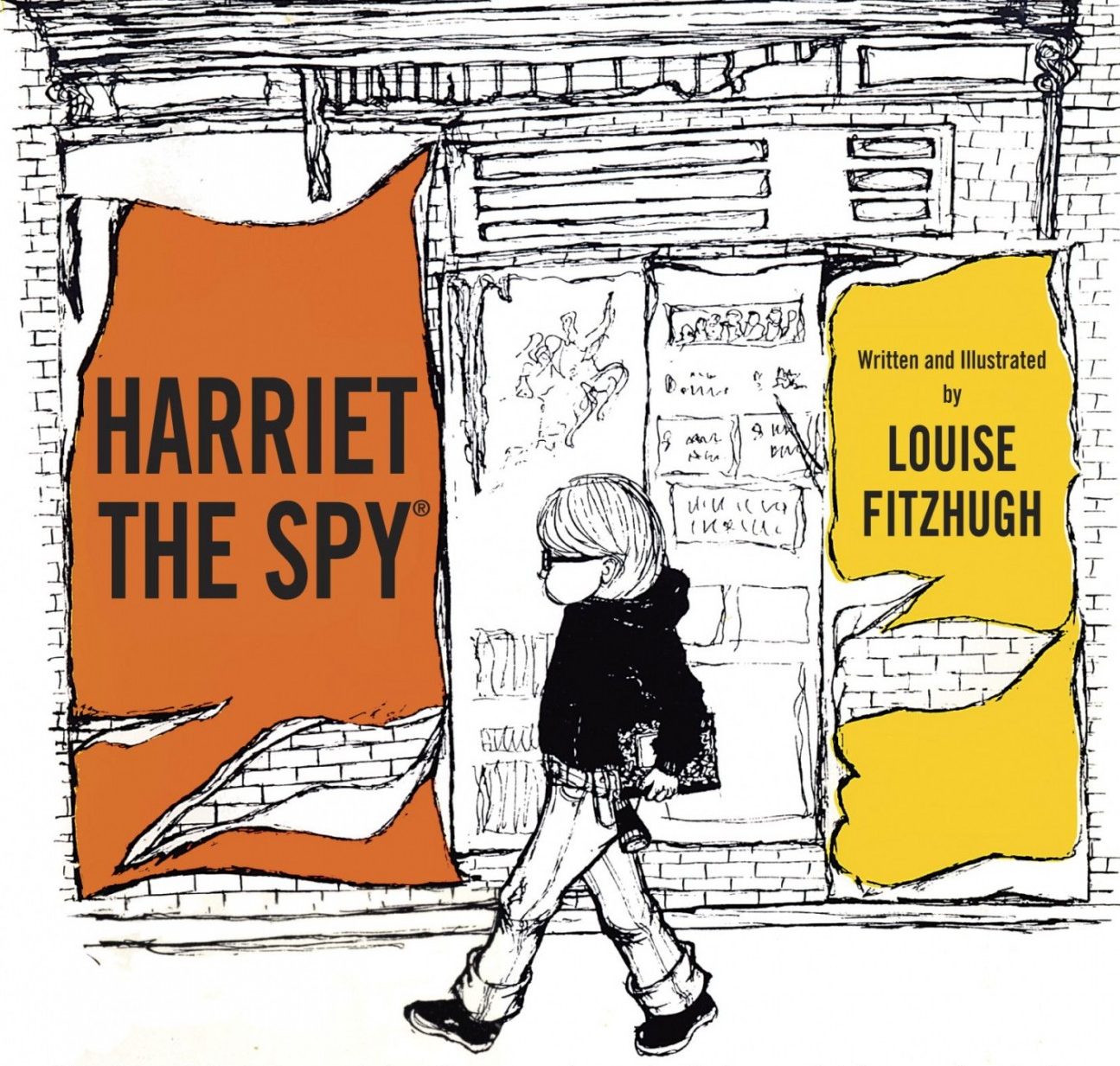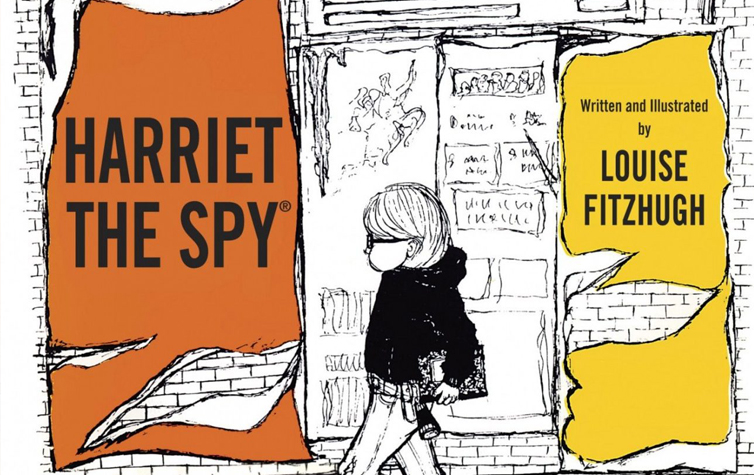
September has heralded back-to-school sales for as long as I can remember. And for those of us who weren’t adults in the ‘60s, it brings up an entirely separate part of retro culture to reminisce about: namely, life as a midcentury kid. The toys, the candy, the outfits—and for a word nerd such as myself, the books. And if there’s one thing the kids of the ’60s and the ’90s have in common, it’s Harriet the Spy.
In elementary school, I was thoroughly convinced that I had the chops to eventually make it as a detective. While this determination was largely fueled by Nancy Drew and Encyclopedia Brown, there was another influence who gave me hope of maybe getting as far as the CIA one day: my heroine in high-tops, Harriet M. Welsch.
Louise Fitzhugh’s novel Harriet the Spy has been praised up-and-down since its 1964 release, making all-time-great lists and garnering words like “milestone.” As a tomboyish fifth grader, I stood in awe of Harriet’s ability to weave through her school and neighborhood undetected, recording everything she saw and heard perfectly in her notebook. When her beloved nanny leaves to get married, Harriet’s “spy route” becomes her main form of catharsis.
Everything hits the fan in junior high eventually, however, and in a classic move similar to 2000s movie Mean Girls, Harriet’s notebook—and its often-unsympathetic observations about those around her—makes it into the wrong hands. Soon enough, Harriet’s biggest daily struggle moves from convincing the cook to make her tomato sandwiches every day to trying to win back her few real friends.
My mom was never entirely sold on the book, given the “bad attitudes” sprinkled throughout, and she wasn’t alone—many schools and libraries banned Harriet on the pretense of it setting a bad example for children. Given that the banned books list would soon include Where the Sidewalk Ends and Are You There God? It’s Me, Margaret, I’d say Fitzhugh made it to the big leagues either way.
Sure, there’s an abundance of lying, eavesdropping and back-talking in Harriet (it is set on the Upper East Side, after all), but it’s rare that an eleven-year-old with the freedom to do whatever she wants recognizes that actions have consequences. Furthermore, the willingness to seek out adult advice—in this case, not from her distant parents but from nanny and confidante Ole Golly—is more than a lot of true-to-life kid characters can claim. Even that goody-two-shoes Encyclopedia Brown seems to do a suspicious amount of sleuthing without getting permission first.
All I’m saying is that if you’re going to knock Harriet the Spy, you’d be hard-pressed to justify The Catcher in the Rye.












